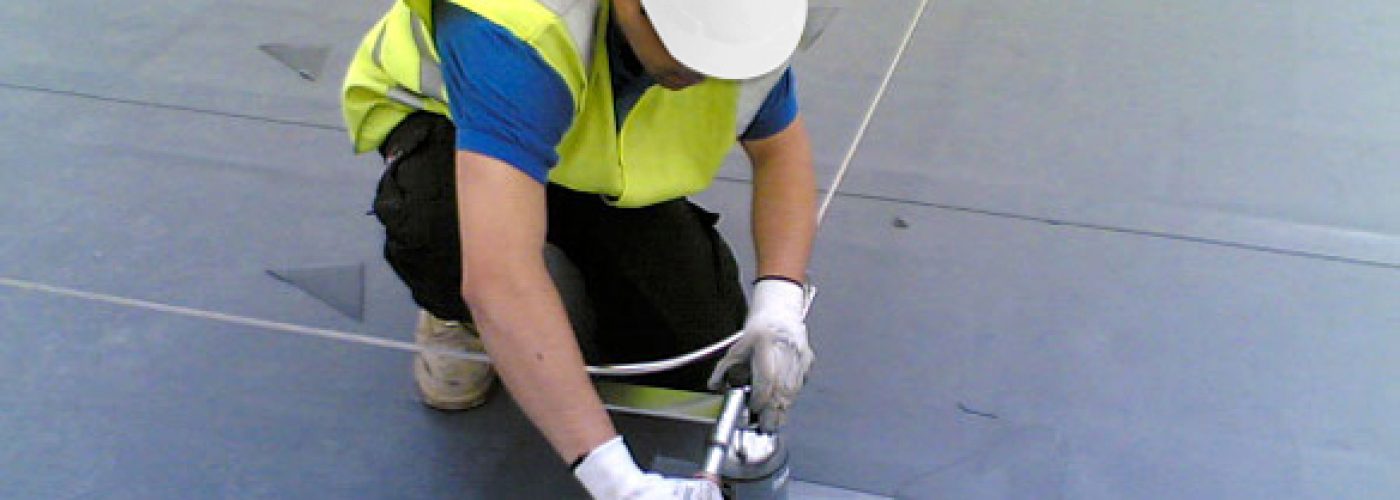The installation of fall protection systems can, unfortunately, be perceived as an inconvenience or, worse yet, an opportunity for cost-cutting. Fall protection equipment is vital to the safety of those that work at height but can count for little if incorrectly installed. When lives are at stake you don’t get a second chance to make the right decision. That’s why it’s beneficial to partner with quality installers that can fully support you from the output, says Stuart Pierpoint, UK Sales Manager at HCL Safety.
What does a quality installation look like?
First and foremost, a quality installer should offer a range of installation options and be capable of accurately tailoring their services to suit each project’s unique requirements. After all, no two installations are the same and can often be dependent on the system specified and on-site practicalities. To effectively counteract potentially unexpected challenges and each project’s nuances, the installer should always be appropriately trained, competent, and experienced.
Partnering with a quality installer also means that you receive much more than just the installation itself. You’re buying into a complete 360-degree offering, from the initial concept of design to pricing, to certification, servicing, and training. Covering all these things with one dependable partner can give you peace of mind and helps maintain consistency of quality.
Issues surrounding poor installation
Poor installation can cause many potential issues, all of which can lead to life-changing injuries or even fatalities. This is tragically demonstrated by the fact that falls from height remain the leading cause of workplace fatalities, according to HSE statistics – not to mention the negative impact on your business
Fundamentally, bad installations come down to a lack of experience and competence which can culminate in a lack of attention to detail and/or poor planning and design at the outset. For instance, installing lifelines across roof lights or too close to an edge for a fall restraint application are mistakes which can have serious consequences and put operatives in dangerous situations that are often completely avoidable.
New build vs. retrofit
Typically, when faced with installing a system on a new build, there is a greater understanding of the building design, materials used, the fixing theory and the likely load requirements of a system. While this makes installation somewhat more straightforward, it’s the installer’s responsibility to keep the project compliant at each stage, from specification and contract stage, right through to installation and aftercare services. Any mistakes or inaccuracies could lead to increased costs or delayed projects.
With retrofit projects, installers normally have less information at their disposal. It’s therefore crucial that they conduct a thorough site survey before any work commences. Understanding the unique characteristics of the building will help the installer accurately propose the right fall protection solution at hand.
Fulfil your obligation
Your responsibility to provide a safe working environment does not end when you specify a fall protection system. Firstly, not all fall protection systems are made equal. Carry out research and consult professionals to make sure that you’re installing the very best solution for the job at hand. Fall protection systems can often be let down by installation and in the wrong hands the risks are potentially catastrophic. Be sure to partner with fall protection specialists offering a quality end-to-end service. Doing so will help ensure that you’re not only fulfilling your safety obligation, but your ethical one too.
For more information, please visit www.hclsafety.com





